

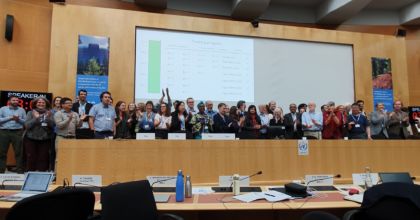
Land Report: Managing the Planet Now Necessary for Managing Climate Change, Say Scientists
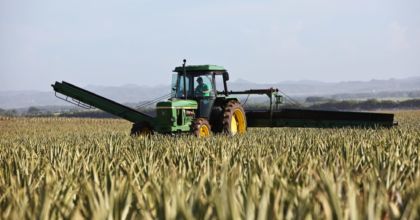
Agriculture & Climate


Grazing Cattle and Climate Change

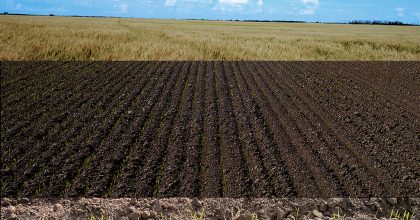
Soil Carbon Storage
The world’s soils hold a significant amount of carbon – more than double the amount in the atmosphere. The Intergovernmental Panel on Climate Change’s most recent report finds that storing, or “sequestering,” carbon will be essential in lowering atmospheric carbon …
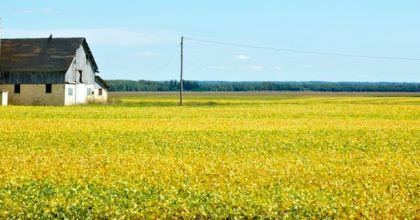
Food, Agriculture and Climate Change
Crops and Climate Climate change threatens the global food supply as certain crops become more expensive and scarce, with implications ranging from more chronic hunger to changes in common cuisine. Many crops will see negative impacts from the extreme weather, …
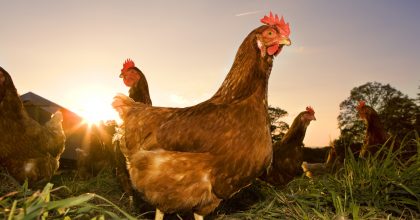
Animal Agriculture’s Impact on Climate Change
Animal agriculture is the second largest contributor to human-made greenhouse gas emissions and a leading cause of deforestation, water and air pollution, and biodiversity loss.
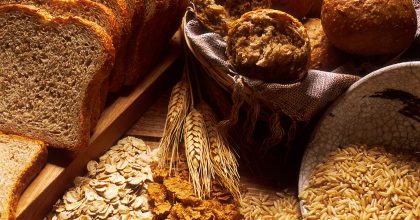
Food Price and Supply
Rising food prices are dependent on many factors, including population, income, and availability of supply. This last factor is particularly affected by climate change. Climate disruption is already affecting prices for food and crops through impacts including changes in growing seasons, increasing extreme weather, rising sea levels, pest movement, and warming oceans


